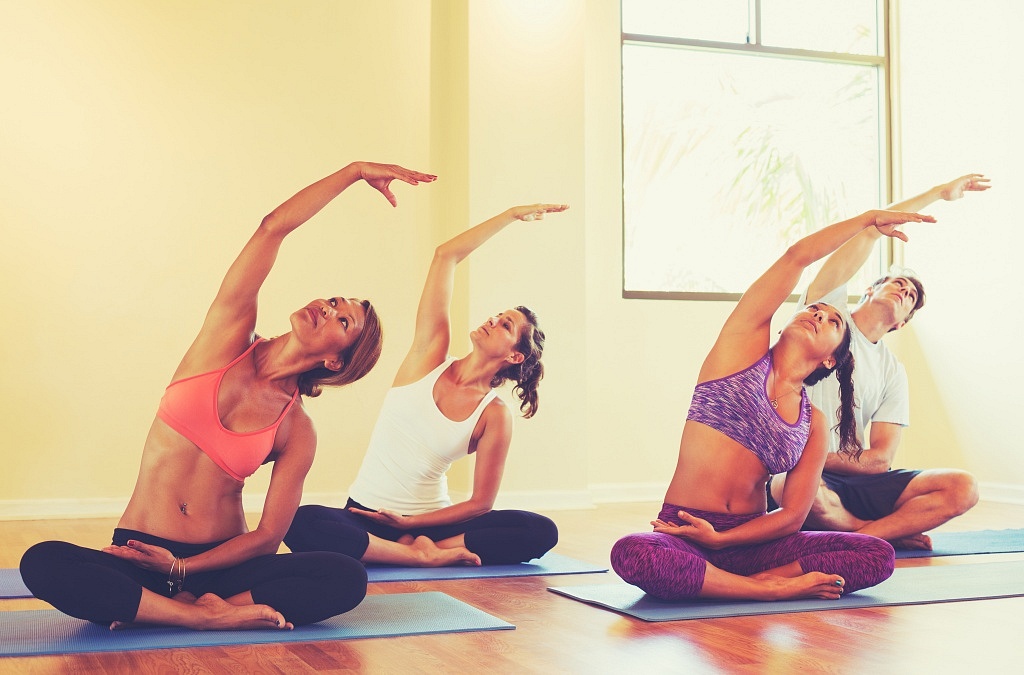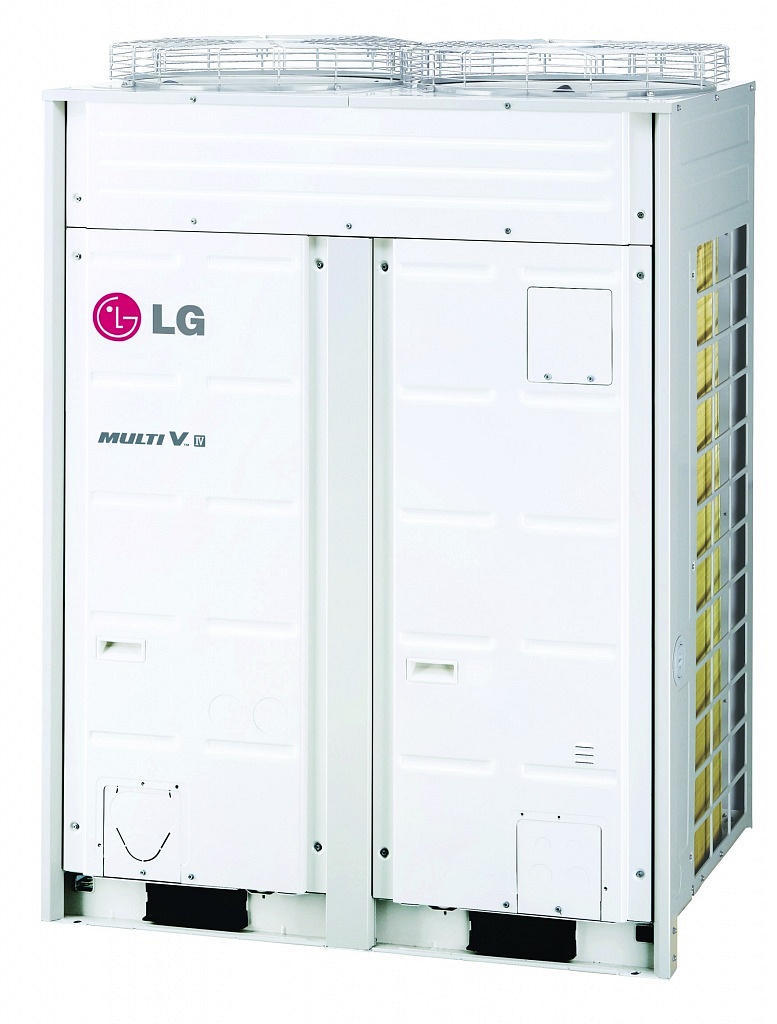Training in extreme climates has long been the sign of the most dedicated athletes. Confirming long held beliefs, new research is showing that certain exercises yield enhanced benefits when performed at the limits of human comfort. So what is the right training temperature for you?
The ideal training temperature for each athlete is determined by their specific fitness goals. As objectives change, training methods should follow suit, and choosing the right climate for each exercise can help maximize the benefits of any program. Prolonged high temperature training boosts endurance and performance when athletes return to working out at normal temperatures. Similarly, performing cardio exercise in chilly temperatures is perfect for burning fat and getting in shape as quickly as possible. With heat helping athletes reach their full potential and cold making exercise more effective at burning fat, there remains the question of how those looking to targeting increased strength should train. Surprisingly, athletes looking to bulk up and add muscle mass are best served by training in a comfortable, well-regulated environment.

“With trends in the fitness industry constantly in flux, gyms are always trying to adapt to what is popular – yet still offer effective training programs for their members,” says Sam Spear, a trained kinesiologist and exercise physiologist certified by the American College of Sports Medicine. “While it is true that exercise at the extremes is beneficial for highly specialized training regimens, it is not necessary for everyone looking to get into shape. For cardiovascular or strength training, the ideal climate in most fitness facilities is between 18 to 22 degrees Celsius (65 to 72 degrees Fahrenheit). So depending on what your workout plan calls for – whether it be hardcore, specialized training for a specific goal or just physical activity to stay in shape – the climate or temperature of the exercise environment is crucial to getting the most out of your efforts.”
The relationship between temperature and exercise effectiveness presents a challenge for athletes looking to do everything possible to boost the effectiveness of their fitness regimens. With gyms seeking to accommodate everyone from hardcore fitness enthusiasts to those motivated to get back into shape, it is clear that establishing a uniform climate across the entire gym is no longer a viable solution. Modern gyms must offer everything from hot yoga classes to specialized cycling workouts and dedicated weightlifting zones in order to stay competitive. To keep everyone happy, today’s gyms need flexibility and reliability from their climate control solutions.
Gym owners looking to meet evolving consumer needs by applying the latest climate control technology to their facilities need look no further than LG’s Multi V Heat Recovery. This advanced solution enables users to set the temperature in each room individually from a single air conditioner. By ensuring simultaneous cooling and heating on a zone-by-zone basis, the outdoor unit’s heat exchanger allows athletes to incorporate temperature fluctuations into their own fitness goals. Moreover, the highly economical solution transfers heat from rooms that are being cooled to rooms that need to be warmed up, saving a significant amount of energy.
When searching for a gym that best equips you to meet your fitness goals, it is important to have a checklist of basic criteria that the gym must meet. Chief among these is its ability to offer a training environment tailored to you and your needs. With the emphasis on personalization continuing to grow, climate-based fitness programs are set to become a priority in the very near future.



































